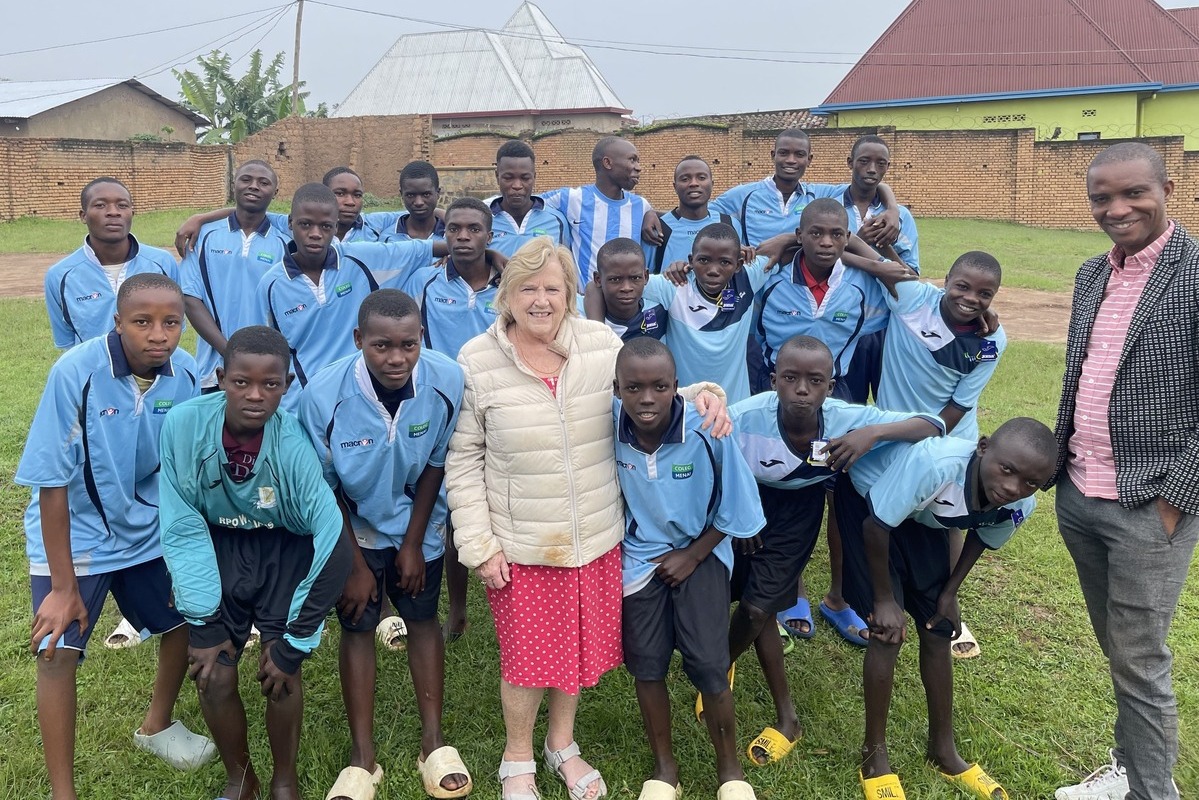Call for ethnic index for FE as report highlights wide staff representation gaps

Influential anti-racism campaigners have called for an Ethnic Representation Index (ERI) in further education to address the sector’s critical gaps in staff representation along ethnicity lines.
It comes after the impact of a decline in Black* CEOs of colleges on student attainment levels in Black communities was laid bare in a damning new report on the lack of ethnic equity across FE.
Just over 7% of leadership positions in the sector in England and Wales are Black at a time when more than 30% of the student population are from Black communities, found the Ethnic Equity in Education: FE Report.
Published by the Black Leadership Group (BLG), the report also highlights figures for less senior roles, in admin, management and support teams, that evidence wide disparities between the student population and the number of people in roles at all levels of education.
The representation gap is central to persistent attainment gaps among Black students, says the report. Black students find themselves over-represented in colleges compared to the national population, but under-represented in apprenticeships and in the workforce, at a time of a profound post-pandemic labour shortage, it argues.
Representation matters
Launching the FE phase of BLG’s Ethnic Equity in Education (EEE) campaign, BLG Director Robin Landman OBE said:
“Representation matters, and no more so than in education. If we can’t get this right in education in all phases, from primary, to secondary to further education, and then to Higher Education, then the chances of an economically successful, socially cohesive UK cannot be achieved.
“It would seem sensible, then, to address this challenge simultaneously in all sectors, using similar mechanisms and interventions.”
Mr Landman highlighted the work of Professor David Mba, Vice Chancellor at Birmingham City University, in creating an ERI for higher education. The ground-breaking work, presented at the recent BLG annual conference, has revealed significant discrepancies in university staff representation from Black communities.
The report says:
“Adopting this approach (in FE) means we would have a tool that accurately and objectively measures student attainment gaps and workforce representation at the institutional level, and the ability to measures longitudinal changes.
“It is vital to ensure that the focus for a representative workforce is not solely focused on colleges and institutions. System stakeholders should also be held to account in this regard, and must annually report on the ethnic profile of their workforce by level, ethnicity pay gaps and steps they are taking to address any gaps.
“We know that stakeholder organisations perform poorly in this regard, and it would be inconsistent and unreasonable for them to escape the same levels of scrutiny and accountability that colleges are expected to accept.”
Sector-wide support
Leading organisations have thrown their weight behind the EEE campaign, including the Department for Education, Ofsted, FE Commissioner, Institute for Apprenticeships and Technical Education (IfATE), Association of Colleges, Sixth Form Colleges Association and the Education and Training Foundation (ETF).
“We now all collectively know the scale of the challenge,” says the BLG report.
“We must halt the decline in the number and proportion of Black CEOs, we must repair and strengthen the Black talent pipeline and increase representation in governance and staffing at all levels. And we must simultaneously tackle the persistent attainment gaps that prevent Black FE students reaching their potential at a cost to themselves, and depriving UK PLC of a significant part of the talent pool needed to fuel our economic recovery.
“We need to approach this challenge with a collective determination to do the right thing.”
Read the full EEE FE Report in the Reports section here.
* BLG uses ‘Black’ as an inclusive definition for people from ethnically diverse backgrounds who share a lived experience of the effects of racism.











Responses